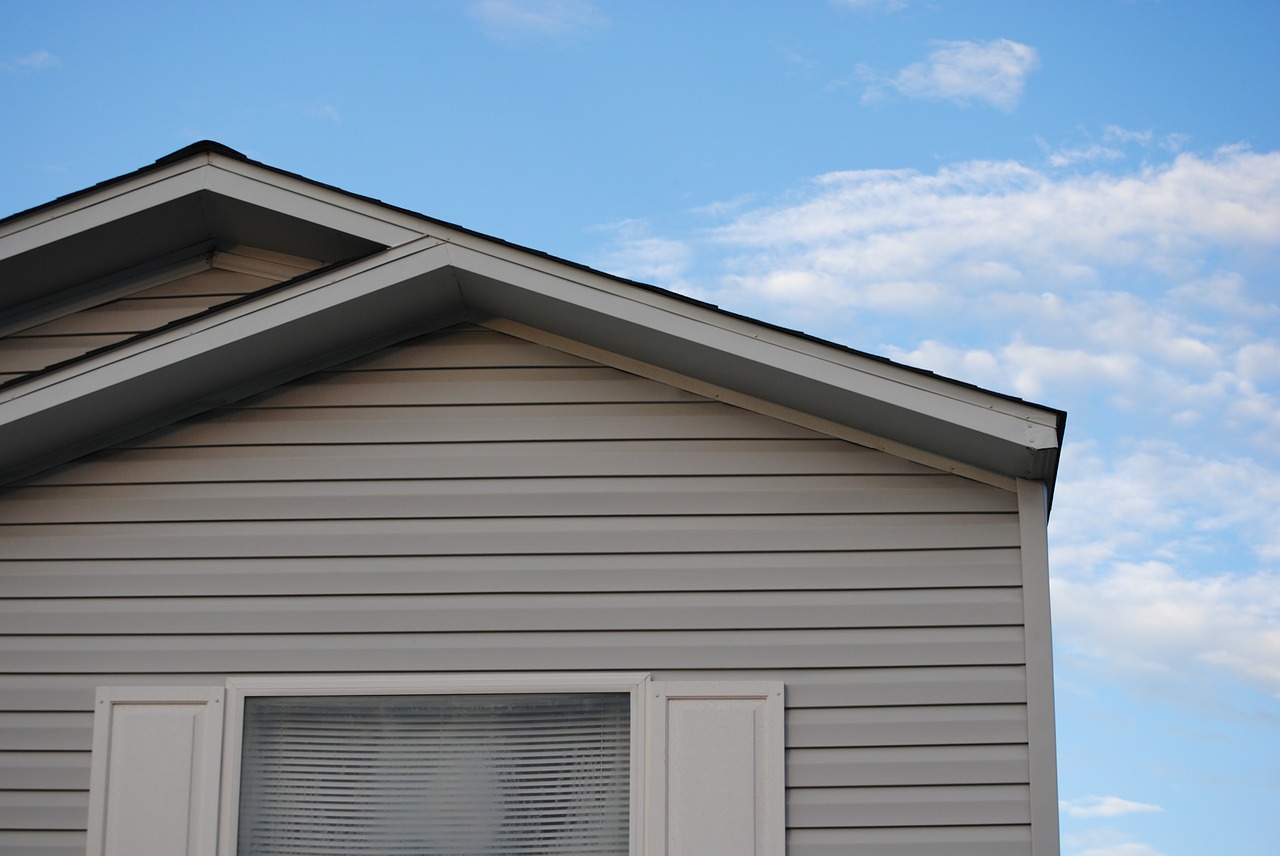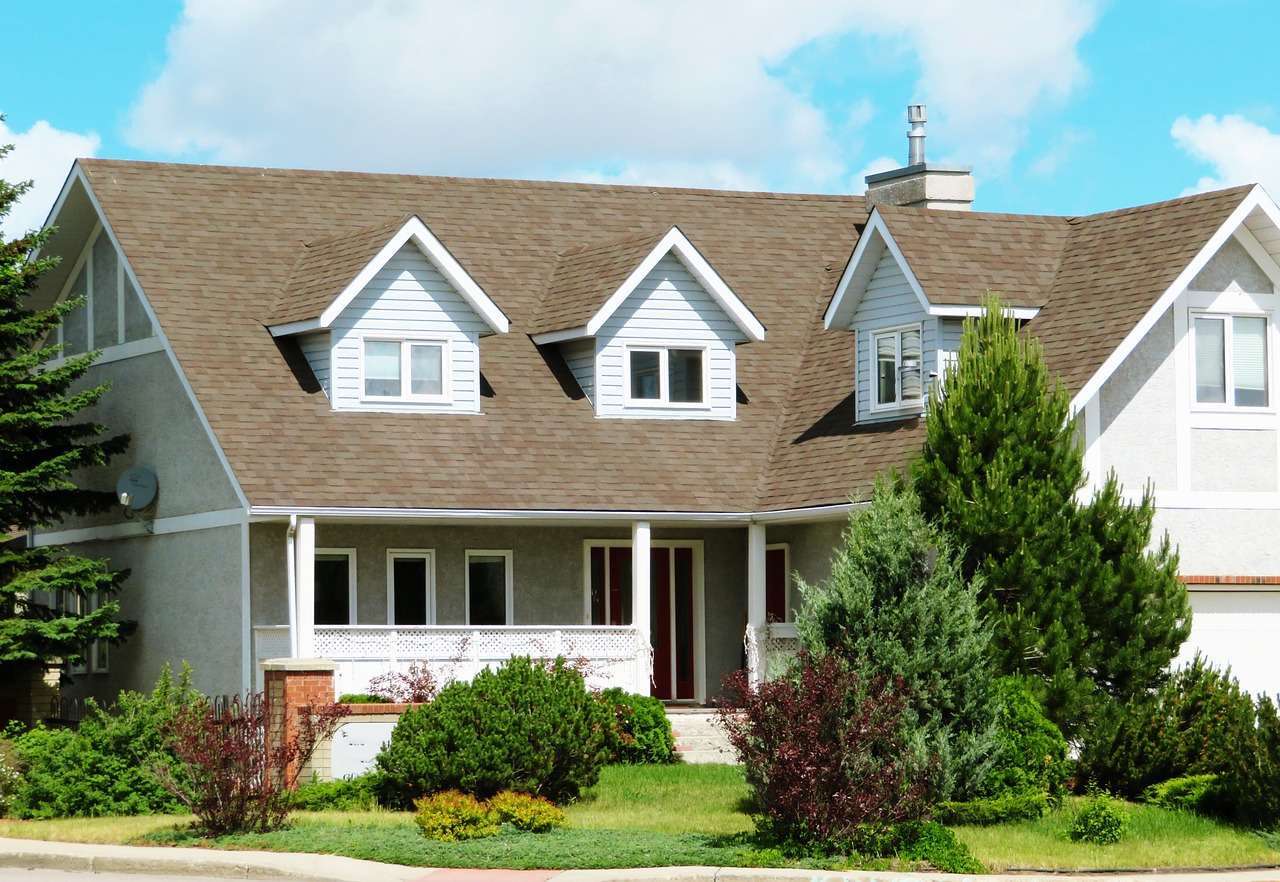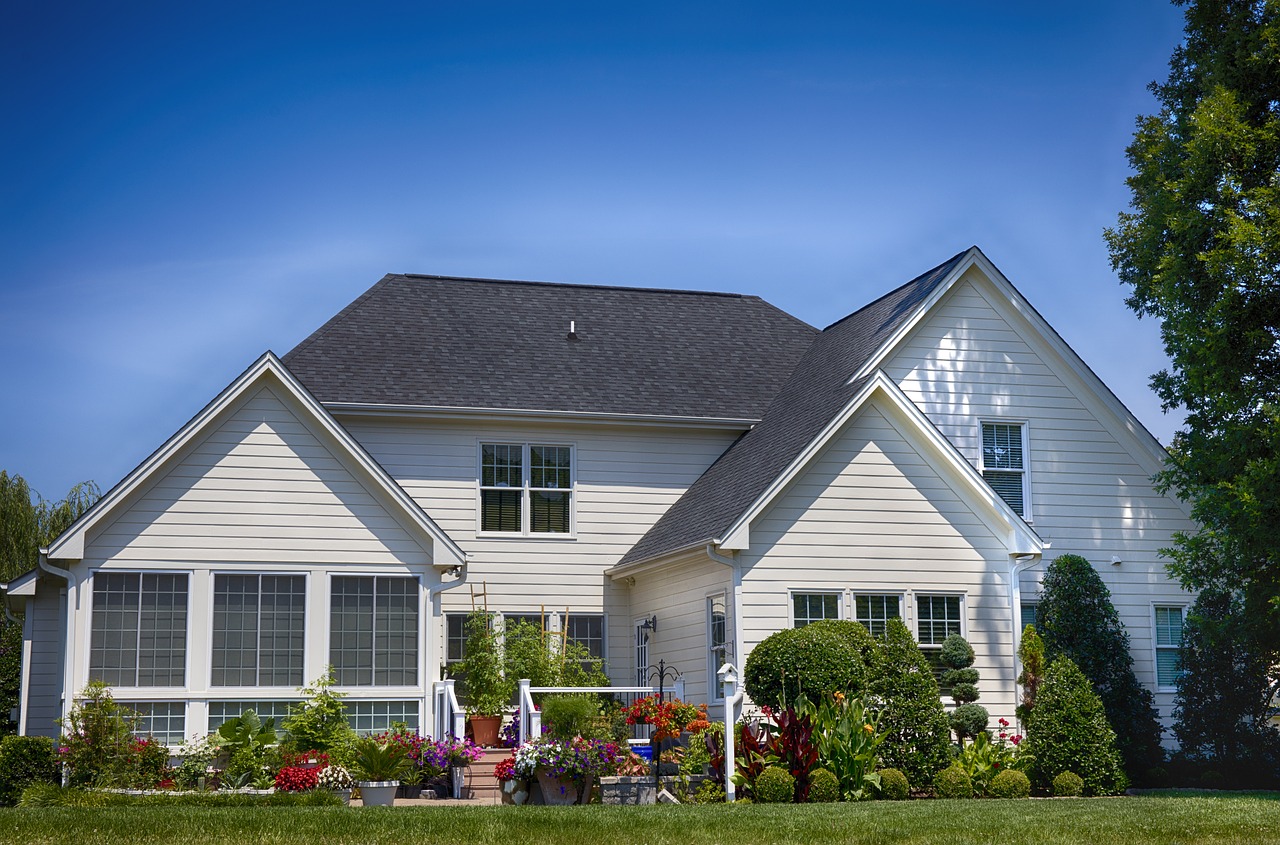The Proper Questions To Get The Proper Solutions
Roof leakage can often evoke panic in building owners and operational managers who have no clue if the fixing work will be fast and cost-efficient or the opposite. Thus, both building owners and administrators should be able to evaluate the scope of the problem to find the most suitable solution. A solution where the building is properly fixed without wasting any time or money. So how can we evaluate the issue and find out if it’s a low, medium, or high priority?
1st step: Assessing the Problem and Its Origins
Not all leaks are the same: they may occur on tiny punctures that can be sealed quickly or they can be apparent indicators of major roofing damage. When building owners and administrators find a leak, they must assess the severity of the damage by evaluating its culprit before coming up with the most suitable fix. For example, did any exterior events emerge that may have aggravated the problem?
Once any prior events can be identified, owners and administrators should be able to collect as many variables as necessary. For example, when or where does the water show up? How much? For instance, if the leak emerges only during rainfall, it may not be a leak but a problem with the HVAC or hydraulic network. Once the managers notice a leak, they should take the following actions quickly:
- Outline the spot of the leak on the floor using tape. This will make the job of the roofing worker easier and faster. Instead of inspecting a whole 140.000 sq. feet roof, they can easily narrow down their concentration to a 20X20 spot.
- Note down as much info as necessary to help your roofing experts and set the ground for a successful roof repair.
- You can also gain important insight by accessing the building’s maintenance records, especially if the problem was formerly noted during a past check but wasn’t treated immediately.
2nd Step: Find The Most Suitable Solution That Matches Your Needs & Budget
Once the facilities administrator or building owner has found the culprit and severity of the problem, the next step is to come up with the most suitable solution that not only fixes the issue, but is also aligned with the owner’s needs, goals, and budget. The following are important factors to take into account:
- How old is the roof
- Any previous roof maintenance records/work
- The building’s use
- The owner’s plans for the building
For instance, if the owner intends to sell the building in the future, any fixing tasks should be limited to only the most urgent and crucial ones. However, if the building owner intends to keep the building for a longer period, extensive and serious repairs may be the best decision to expand the roof’s lifespan and boost the value of the building. If the issue is broad enough e.g. a dampened insulation or serious wind damage, the initial cost for a total replacement could be more justified and reasonable compared to paying often for minor repairs that add up.
Similarly, buildings that host people or costly equipment clearly need a total repair immediately, whereas uninhabited buildings or those who keep equipment and stuff that is not impacted by water and weather damage might be good candidates for a quick and temporary fix (while the owners improvise a more lasting solution to the problem).
2 Steps To Fix A Leak. Evaluate and Plan
Before owners or facilities managers dive into a solution when they deal with an unexpected leak in their roofs, they should pinpoint the origin of the leak and the severity of the issue. With the proper insight, it’s much easier to evaluate all available options and devise a solution that caters to the owner’s requirements.




